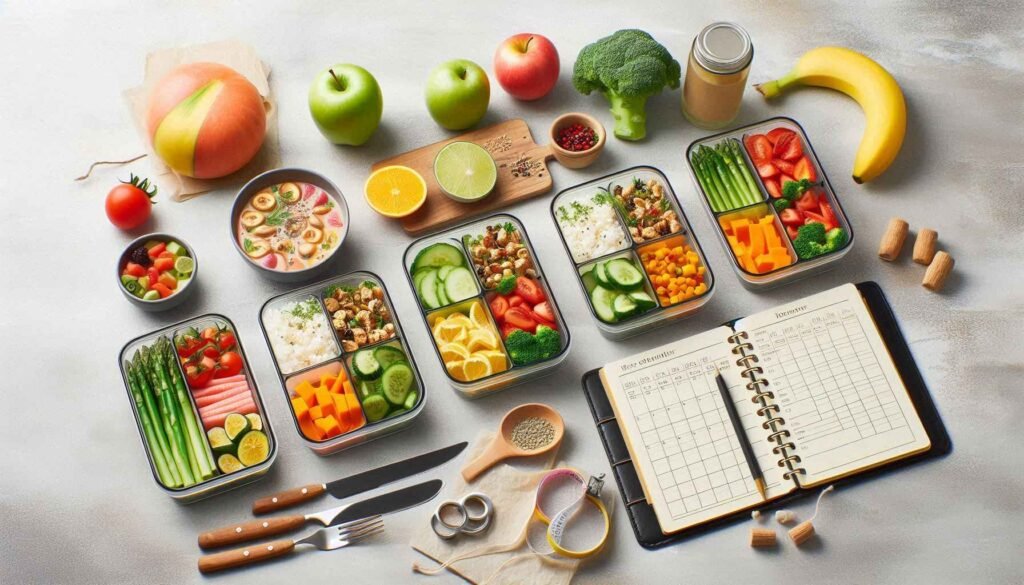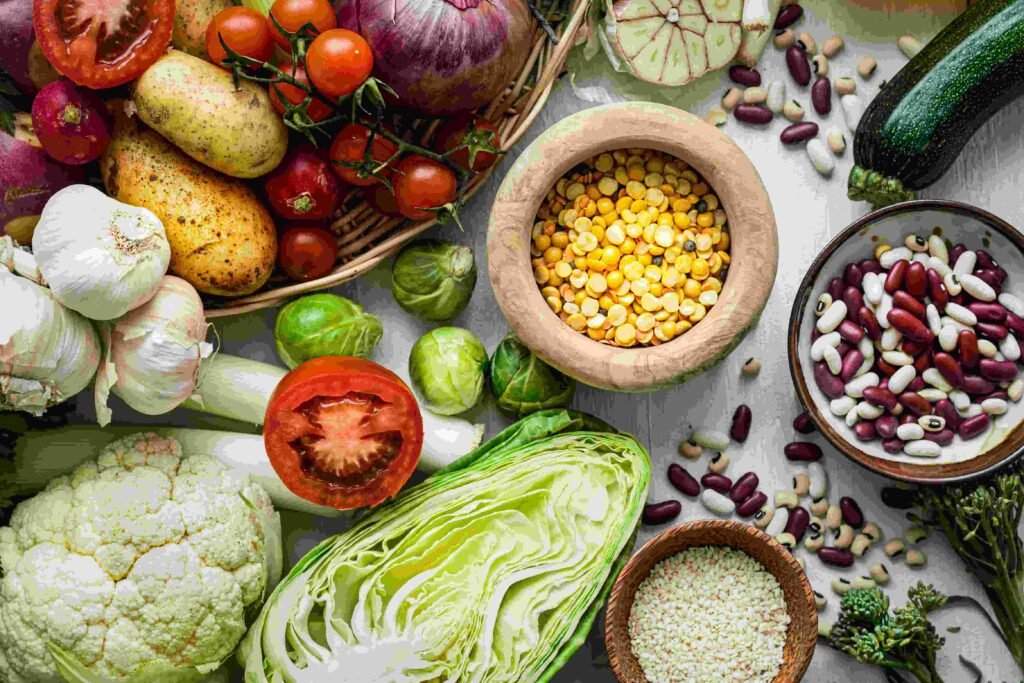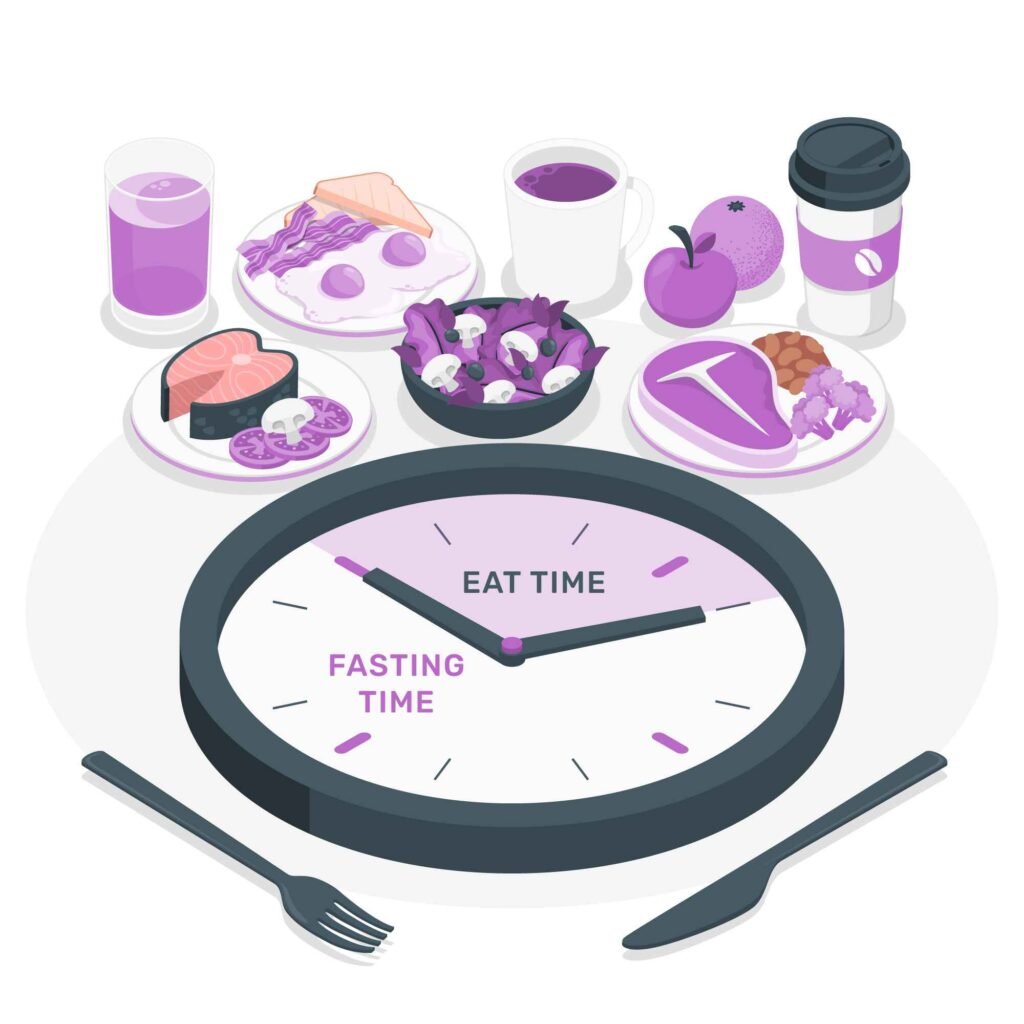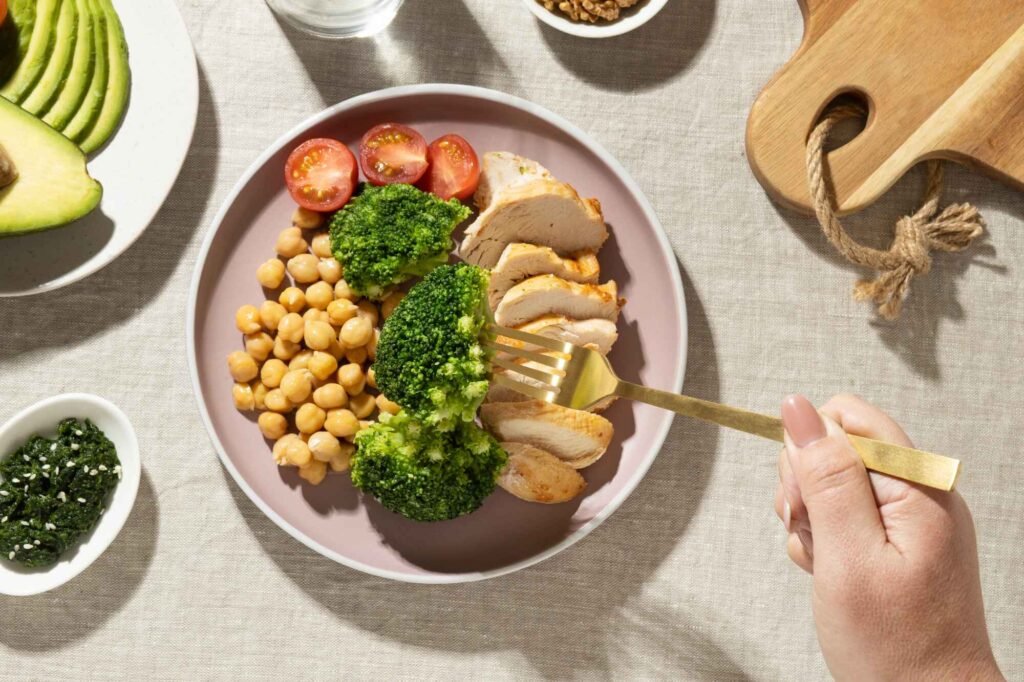
Meal Prepping for Busy Individuals: A Step-by-Step Guide
Meal prepping has grown in popularity over recent years, and for good reason! For those juggling a hectic work schedule, trying to maintain a balanced diet while keeping up with life’s demands can be overwhelming. Meal prepping simplifies the process, allowing you to enjoy healthy, homemade meals even on your busiest days.
Introduction
Whether you’re a full-time professional, a parent, or a student, one thing is certain: life gets busy. Many of us end up reaching for convenience foods that might not be the healthiest option. The good news? Meal prepping can change all that. By planning and preparing your meals in advance, you can save time, reduce stress, and maintain a balanced diet that supports your health goals.
This blog post will take you through a step-by-step guide on how to meal prep effectively, highlighting tips, techniques, and ideas that can make the process not just easy, but fun and rewarding.
Why Meal Prepping Matters
Before diving into the steps, let’s explore why meal prepping is so beneficial:
- Saves Time: Cooking each meal from scratch takes considerable time every day. Meal prepping allows you to cook in bulk and have multiple meals ready with minimal daily effort.
- Saves Money: Meal prepping helps you create a grocery list tailored to your planned meals. This prevents impulse purchases and reduces the chance of ordering takeout.
- Promotes Healthy Eating: When you have ready-made, nutritious meals waiting for you, it’s easier to resist less healthy options.
- Reduces Food Waste: Planning meals helps you buy only what you need, leading to less spoilage and waste.
Step 1: Determine Your Meal Prep Method
Meal prepping isn’t one-size-fits-all, and you need to find what works best for you. Here are some common methods to consider:
- Batch Cooking
This is ideal if you want to prepare large amounts of a meal at once. Think of making a huge pot of chili or a casserole that can be portioned into several servings and stored for the week. - Individually Portioned Meals
If you need meals on the go or want precise portions for your dietary needs, this method is great. Prepare individual servings like salads in mason jars or overnight oats in containers to make grabbing lunch or breakfast simple and hassle-free. - Ready-to-Cook Ingredients
Perhaps you don’t want to prepare full meals in advance, but cutting and prepping ingredients like vegetables and marinating proteins can significantly cut down your cooking time during the week.
Step 2: Plan Your Meals
Meal prepping without a plan is like traveling without a map. Start by deciding what meals you’d like to prepare for the week. The best way to ensure success is to keep things simple and manageable:
- Assess Your Schedule
Start by evaluating your upcoming week. Do you have dinners planned out with friends? Do you often skip breakfast due to time constraints? These insights will help you plan meals effectively. If you know you’ll be out for dinner on Wednesday, there’s no need to prep for that night. - Choose Your Recipes
Stick to recipes that are easy to prepare and versatile. If you’re new to meal prepping, avoid overly complicated dishes. Instead, focus on recipes that incorporate similar ingredients—like making a batch of roasted vegetables that can be used in salads, wraps, or bowls throughout the week. When you vary your preparation styles (e.g., stir-frying, roasting, boiling), you keep things interesting and avoid monotony. - Write Your Grocery List
Based on your meal plan, write a list of everything you need. Organize it by categories, such as produce, proteins, and pantry staples. This will save you time at the store and ensure you have everything you need for a smooth meal-prepping session.
Step 3: Set Aside Time for Meal Prep
Consistency is key. Choose a day and time that works best for you—many people prefer Sunday or Monday, as it prepares them for the entire workweek.
- Schedule Your Meal Prep
Put your meal-prep time on your calendar as if it were an important meeting. Blocking off time ensures you don’t accidentally overbook yourself and end up skipping it. - Make It Enjoyable
Turn on your favorite playlist, a podcast, or an audiobook while you prep. Creating an enjoyable atmosphere will help make meal prepping something you look forward to rather than dread.
Step 4: Prepare the Ingredients
Now that you have your plan and your groceries, it’s time to get cooking! Here’s how to make the process efficient:
- Wash and Chop Vegetables
Start by washing and cutting all your vegetables. Pre-cut vegetables make it easy to throw together a quick salad or stir-fry during the week. You can also store different veggies separately to maintain their freshness. - Cook Your Proteins
Grill, bake, or sauté your proteins. Chicken breast, tofu, fish, or lean beef are all great options. Cooking them all at once and storing them in individual portions means that you can mix and match with different sides. - Prepare Your Grains
Whole grains like brown rice, quinoa, or bulgur make a great base for most meals. Cooking them in advance and portioning them into containers will save time when you assemble your meals later. - Use Smart Cooking Techniques
Consider using a slow cooker or an Instant Pot. These kitchen appliances make it easy to “set it and forget it.” You can create meals like soups, stews, or shredded chicken with little effort and minimal clean-up.
Step 5: Assemble and Store Your Meals
Once all your ingredients are prepped, it’s time to assemble your meals. Depending on your meal-prepping goals, you can either store individual meal portions or keep ingredients separate to allow for more flexibility during the week.
- Use Quality Containers
Invest in quality, reusable containers that are BPA-free and microwave-safe. Glass containers are an excellent option as they can be reheated without concerns about chemicals leaching into your food. - Label Your Meals
Label each container with the meal name and date it was prepared. This helps keep track of freshness, especially if you plan on freezing some portions for later.
Step 6: Store Properly
Proper storage is essential to ensure food safety and maintain quality.
- Refrigeration
Meals meant to be eaten within 3-4 days should be kept in the refrigerator. Proteins, vegetables, and grains are best stored separately, but fully assembled meals can also be refrigerated. - Freezing
If you’ve made extra, store meals in the freezer. These can be pulled out on especially busy days. Ensure they’re in airtight containers to avoid freezer burn.
Step 7: Enjoy a Week of Healthy Eating
With your meals prepped, the hardest part is done! Enjoy the ease of having delicious, nutritious meals ready whenever you need them.
- Reheat and Revitalize
When reheating meals, adding a splash of water or broth can help maintain moisture, especially for grains and proteins. - Avoid Meal Boredom
Meal prepping doesn’t mean eating the same thing every day. Change up flavors by using different seasonings, sauces, or accompaniments.
Top Tips for Meal Prepping Success
- Start Small
If you’re just beginning, try prepping for just two or three days. This prevents overwhelm and allows you to adjust to the meal prep lifestyle gradually. - Create Variety with Basics
Prepare staple items like grilled chicken, roasted vegetables, and a cooked grain, then mix and match them to create different meals. Add different dressings, salsas, or sauces to bring new life to your basics. - Use Ingredient Overlaps
Save money and reduce waste by using ingredients across different meals. For instance, roasted sweet potatoes can be used in a breakfast hash, as a side dish, or in a veggie bowl. - Stay Organized
A well-stocked pantry makes meal prepping easier. Keep staple items like olive oil, spices, whole grains, and legumes on hand so you can easily whip up new meals if you run low. - Take Advantage of Kitchen Tools
Use tools like a slow cooker, rice cooker, or food processor to save time. These tools make meal prep less labor-intensive and ensure consistency in cooking.
Common Pitfalls and How to Avoid Them
- Overwhelming Yourself
It’s easy to get overly ambitious when starting out. Keep it simple at first—choose easy-to-make recipes and gradually build up your skills. - Meal Fatigue
Eating the same meal repeatedly can lead to burnout. Change up seasonings, experiment with sauces, or introduce new sides each week. - Improper Storage
Storing food improperly can lead to waste. Label your containers, follow storage guidelines, and be mindful of shelf life.
Conclusion
Meal prepping is a fantastic way to reclaim your time, save money, and nourish your body with wholesome foods—especially when life gets hectic. By following these steps and finding the approach that works best for you, meal prepping can transform the way you think about food, reduce stress, and support your health goals.
Whether you’re prepping full meals, portioning ingredients, or using shortcuts like store-bought pre-cut veggies, there’s no “wrong” way



